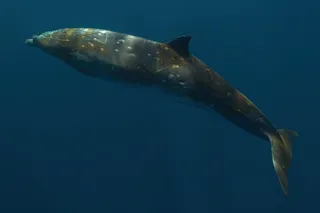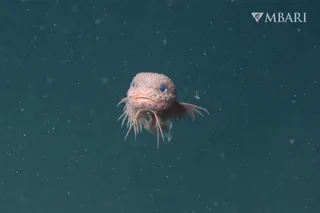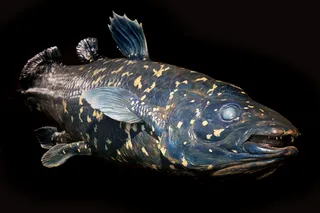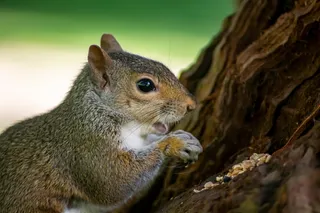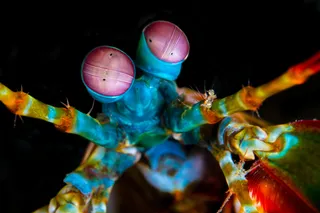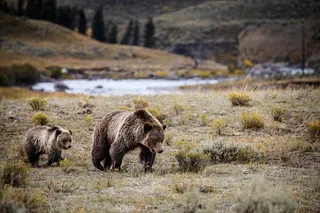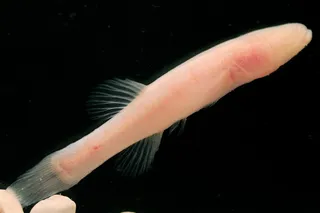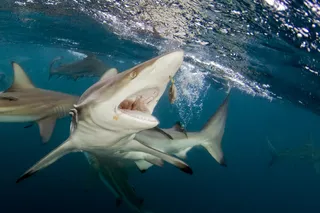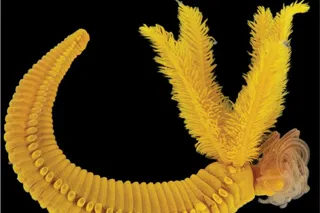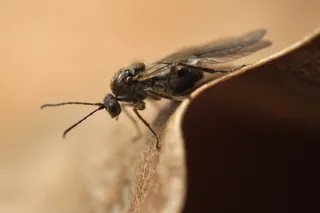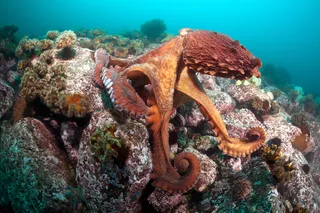The water churns in a chaotic flurry of fins and flippers. Hungry onlookers hover, swoop, and scurry, hoping to get in on at least the final stages of the action. There are deep growls, sprays of blood, and flashes of iridescent blue and yellow scales against black volcanic rock. It’s a scene so wild and unprecedented that when local fishermen first started reporting it a few years ago, their accounts might have been dismissed as unbelievable. But this is the Galápagos, a place where remarkable wildlife sightings are so commonplace that practically anything seems possible. Here, in two different fishhook-shaped coves on the islands of Isabela and Fernandina, Galápagos sea lions (Zalophus wollebaeki) were rumored to be successfully hunting yellowfin tuna (Thunnes albacares)—fish that can easily swim twice as fast as the sea lions, even when the marine mammals are lunging at top speed. When acclaimed wildlife photographer and naturalist ...
In the Face of Climate Change, These Sea Lions Are Getting Smart
Discover how Galápagos sea lions hunting tuna showcases their remarkable adaptability amid food scarcity in the wild.
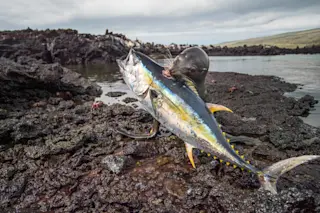
Newsletter
Sign up for our email newsletter for the latest science news
More on Discover
Stay Curious
SubscribeTo The Magazine
Save up to 40% off the cover price when you subscribe to Discover magazine.
Subscribe

